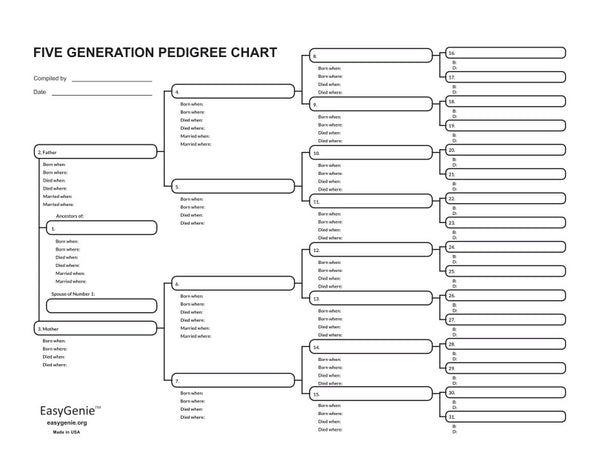
Halloween's ancient history and global parallels
Ian LamontThis is the first Halloween without children still living at home, and the house will seem a little less festive.
When they were younger, we carved pumpkins, roasted the seeds, and walked them around the neighborhood in their costumes to collect candy. Some years, we even dressed up ourselves. No longer.
But now is as good a time as any to dig into the origin of Halloween and tease out the threads of ancient belief and tradition that live on today.

Modern Halloween has roots in the Celtic festival of Samhain (a Gaelic word pronounced “SAH-win”), which marked the end of the harvest period and the beginning of winter. Irish had vivid folk beliefs associated with Samhain, including:
"On the night of Samhain, people would leave out food to please the fairies and keep them from harming the people in the house. They ‘dressed up’ to disguise themselves from the fairies. Turnips are carved with gruesome faces to scare them away."
But other traditions besides Celtic are part of modern Halloween practices, according to the Library of Congress:
"American trick-or-treating [may] stem from 'belsnickeling,' a German-American Christmas tradition where children would dress in costume and then call on their neighbors to see if the adults could guess the identities of the disguised. ... The children were rewarded with food or other treats if no one could identify them."
Bobbing for apples, continues the Library of Congress, traces back to a courting ritual from the ancient Roman festival honoring Pomona, the goddess of agriculture and abundance!
As Christianity spread across Europe, the clergy tried to stamp out pagan beliefs, or co-opt them. In the 800s, the Church designated November 1 as All Saints’ Day to roughly coincide with ancient harvest festivals. The night before, All Hallows Day Evening, became shortened to "Halloween."
Non-Western traditions with similarities to Halloween

The ancient Aztecs had a similar harvest ritual called Miccaihuitl to mark the transition to fall and honor the dead. When the Spanish came, this festival was merged into the Catholic observances of All Saints Day and All Souls Day (November 1-2) to create Día de los Muertos, or Day of the Dead. It is still celebrated today in Mexico and the American Southwest with parades and costumes.
I also found an Asian parallel with an ancient Irish belief: During Samhain, the divide between the real world and the spirit world is at its narrowest, making it easier for spirits to cross over. In countries such as Taiwan, Malaysia, China, and Singapore, the seventh month of the lunar calendar (usually in August or September) is Ghost Month, in which the doors to the underworld are opened to their widest and ghosts can more easily cross over. There are rituals to appease the spirits, including offerings of food and even the burning of “Ghost Money.”
Happy Halloween!







